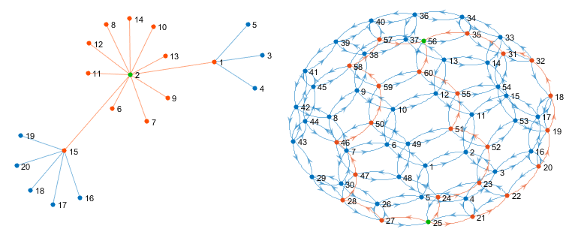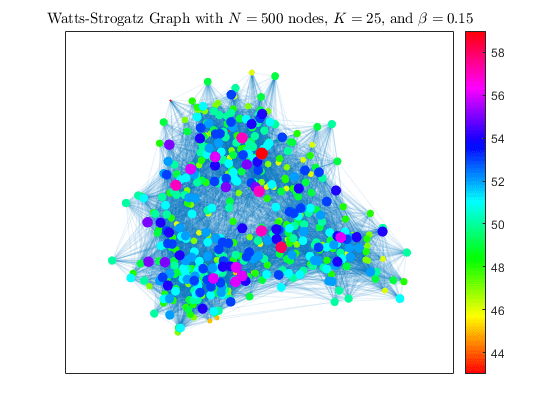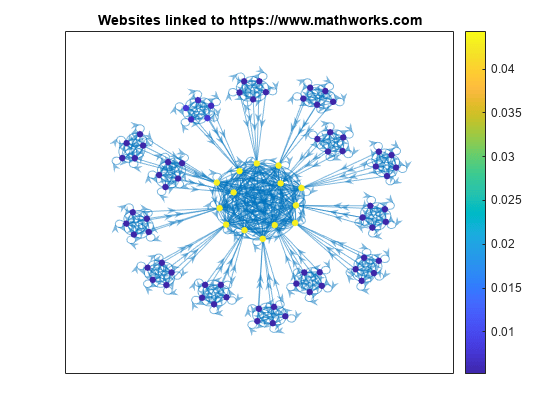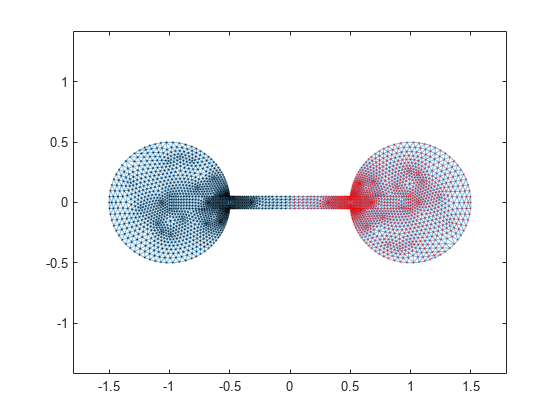图和网络算法
有向图和无向图、网络分析
表示网络连接的图形,该类图形广泛应用于各种物理、生物和信息系统。您可以使用图形表示大脑中的神经元、航空公司的飞行模式及更多领域的相关内容。图形的结构由“节点”和“边”组成。每个节点表示一个实体,每个边表示两个节点之间的连接。有关详细信息,请参阅有向图和无向图。
函数
对象
GraphPlot | 有向图和无向图的图论图 |
属性
| GraphPlot 属性 | 图论图的外观和行为 |
主题
- 有向图和无向图
有向图和无向图简介。
- 图形和矩阵
此示例说明稀疏矩阵的应用并解释了图形与矩阵之间的关系。
- 修改现有图的节点和边
此示例演示如何使用
addedge、rmedge、addnode、rmnode、findedge、findnode及subgraph函数访问和修改graph或digraph对象中的节点和/或边。 - 添加图节点名称、边权重和其他属性
此示例演示如何向使用
graph和digraph创建的图中的节点和边添加属性。当您最初调用graph或digraph来创建图时,可以指定节点名称或边权重。但是,此示例演示了如何在创建图后向图添加属性。 - 图的绘制和自定义
此示例演示如何绘制图,然后自定义显示内容以向图节点和边添加标签或高亮显示。
- 为图节点和边添加标签
此示例说明如何在图节点和图边上添加和自定义标签。
- 将节点属性添加到图论图数据提示
此示例说明如何自定义
GraphPlot数据提示以显示图的额外节点属性。 - 可视化广度优先搜索和深度优先搜索
此示例说明如何定义这样的函数:该函数通过突出显示图的节点和边来显示
bfsearch和dfsearch的可视化结果。



